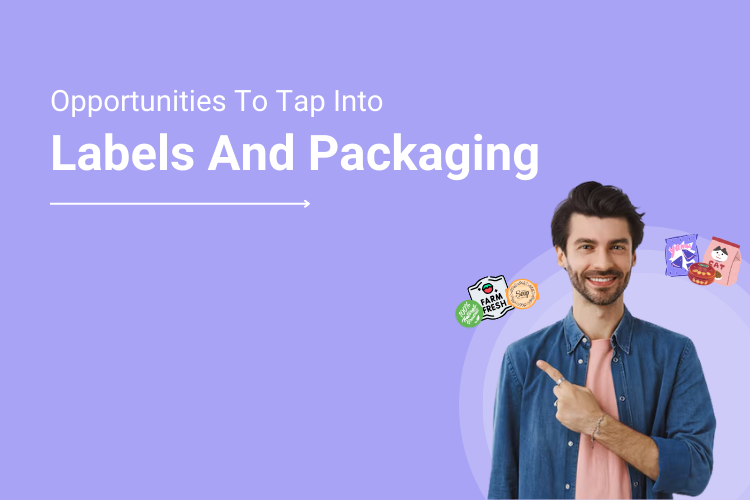How much thought have you ever given to the packaging or label of a product you bought online? Many customers today form an opinion about a brand from how it packs and ships its orders. We are sure you also do.
Otherland (giftable candles), Apple (electronics), Tuft & Needle (mattresses), and Ethique (skincare) are different brands that have carved a niche for themselves in various domains for their impeccable approach to labeling and packaging.
A Dotcom study states that 68% of consumers believe that packaging makes a business seem high-end. No wonder the packaging industry is predicted to generate $28 billion by 2024. In this age, consumers want to feel special, and unique packaging helps achieve the goal.
On the other hand, labels also provide the first tangible experience that users have with their brand. As a result, it is a critical ingredient in successful brand-building exercises. Naturally, those businesses that want to stand out should invest in custom label printing.
Given the rising importance of labels and packaging, it is imperative to study what post-COVID opportunities are set to knock on the door of businesses in 2022 and how software for packaging and label printing can help you gain a competitive edge. Let us begin:
The label printing market is in growth mode
Recent research shows that the digital label printing market worldwide is set to grow by a CAGR of 6% between 2018 and 2022. Convenient, cheap, and versatile, digital label printing is prevalent among big and small brands alike for the many possibilities it offers.
Today, a label can say as much about the brand as the package itself, and many buyers end up making a purchase by being attracted towards a striking label. In order to create a striking packing and label design, it’s important to have quality digital design resources, including a commercial license.
Some of the trends we can expect to see over the next few years are as follows:
1. Embellishments
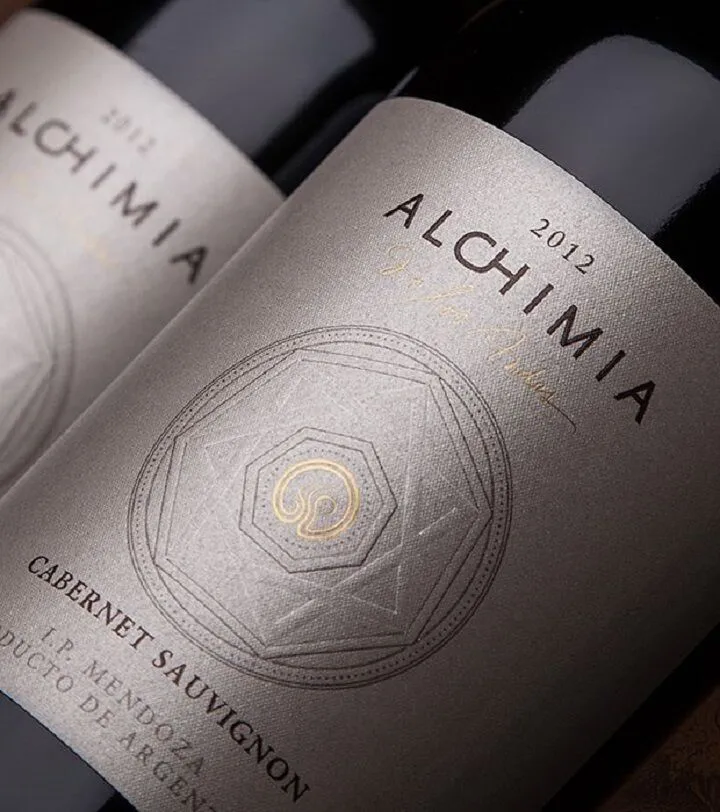
Even small details about a label can make or break the first impression a customer has of a brand. Embellishments are thus becoming a popular label design option to add a touch of class or quirkiness to the overall order delivery.
They can include add-ons such as sequins, embroidery, or rhinestones, as well as textural details on the surface of the label itself. Materials like spot varnishing can also be used to add tactile elements. Custom embellished labels genuinely stand out, and how!
2. Personalization
As buying trends move increasingly towards hyper-personalization for every season and reason, brands often use personalized labels. Even the small touch of a label with the buyer’s name in an attractive font can make a positive impression.
Working with an online label design software to create small-batch labels per demand or to suit specific occasions is something both big brands and small businesses are investing in. This trend transcends both B2B and B2C domains.
In a post-COVID world, personalization can add an extra layer of empathy and care, such as when a customer is buying a gift for someone far away and wants to add a loving note. Your web-to-print solution can make it happen.
3. On-demand label printing orders
As purchase cycles shorten and demand patterns keep shifting, the label printing industry moves towards an on-demand model rather than printing larger volumes in advance. The latter was detrimental to the environment and also resulted in losses for the printing company.
This helps avoid wastage and allows for quick responses to requests for customizations or a trend going out of fashion.
Many manufacturers are also incorporating barcodes or track-and-trace mechanisms into the label to keep an eye on where the package is at any point in time.
This allows for complete visibility into the delivery process and prompt alerts to the customer in case of any delays and also guards against theft or counterfeiting along the way.
On-demand label printing, in a nutshell, is a step towards environmental sustainability — which is a need of the hour in this day and age.
A lot is happening in the packaging domain
The packaging industry is set to hit a global worth of about $1.2 trillion by 2028. The growth of consumerism and an increased preference for online shopping are fuelling this, and manufacturers are investing almost as much care into package design as they are into the product itself.
Some of the trends we can expect to see in this realm are as follows:
1. Protective packaging
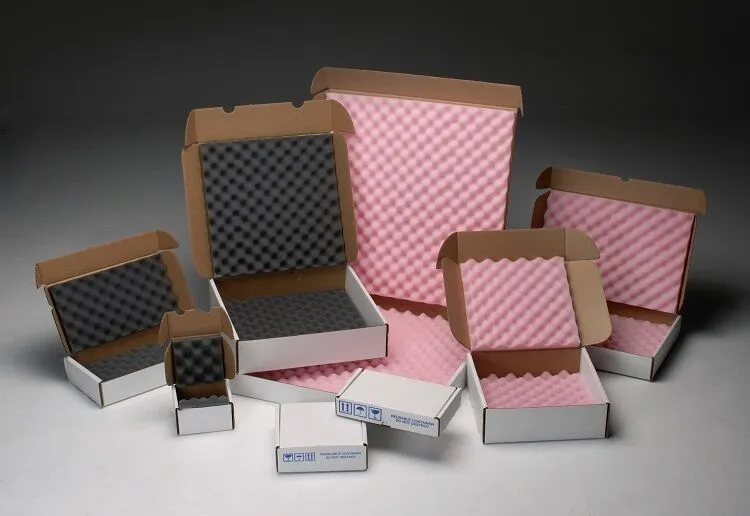
When transporting fragile goods or goods that need to cover long distances, the protective material used becomes an essential factor. There should be sufficient padding to ensure that the product does not move or break during lifting and loading.
However, care should be taken not to use packaging of an abrasive texture that could damage the product. Care should also be taken to use only as much packaging material (including stuffing, wrappers, labels, tape, and so on) as is required, without wasting.
2. Transparent packaging
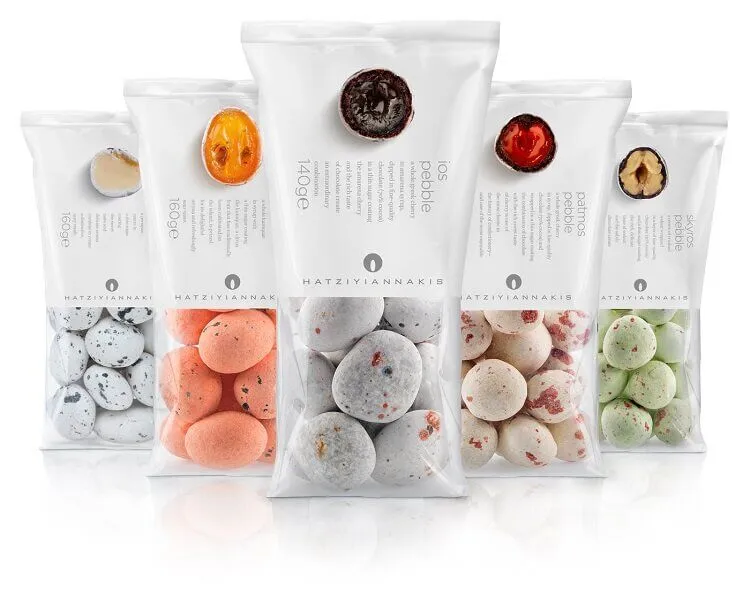
These involve the use of see-through materials that are typically made from some sort of transparent plastic. The packaging can incorporate window stickers to offer a glimpse into what lies beneath and can also act as an extra protective layer for colored or printed surfaces.
Given their subtle look, they tend to blend in and keep the focus on the package itself rather than acting as a distraction. They also avoid the risk of color clashing.
For those who prefer to watch the video, here is a quick overview of how label design software works:
3. Vintage packaging
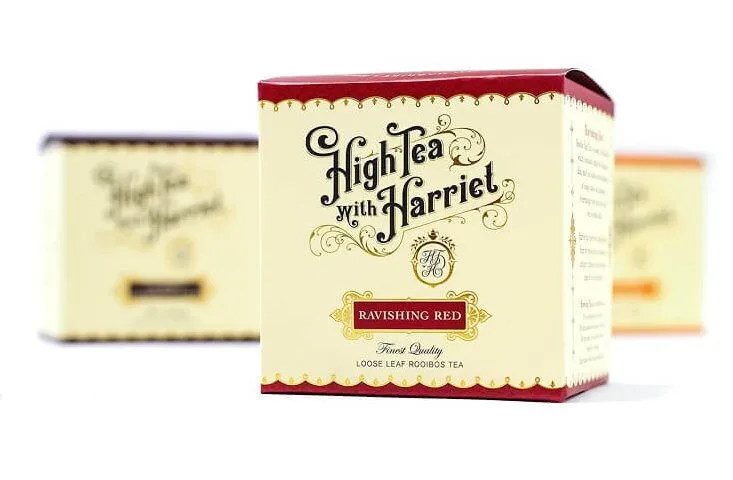
The vintage look is coming back into fashion, and it is extending to packaging and labels as well. Particularly in a post-COVID world, many are yearning for simpler times when things were happier and more normal.
There is thus an increasing shift towards the style of packaging that was in vogue during the mid-twentieth century, such as bright cartoons, elaborate fonts, and loud colors.
This not only appeals to older customers who can remember their childhood fondly and be nostalgic about the good things in life but also fascinates younger buyers keen on experiencing the kind of life they may have only seen in the movies or heard from their elders.
4. Flat illustrations
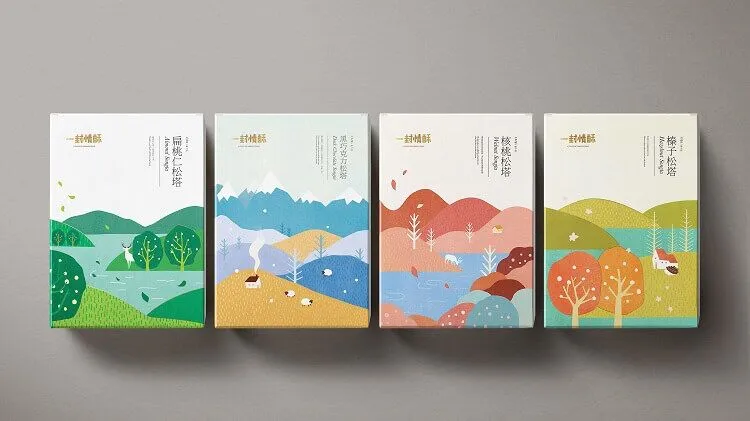
Many product manufacturers are opting for flat illustrations either printed or stuck onto the surface of the package. These can serve both aesthetic and educational purposes.
For instance, illustrations can demonstrate how to open the package in the correct fashion, how to assemble the product, or how to care for it for maximum shelf life.
They can also serve to tell a story that engages the customer or educate the customer about the brand and its ethos or the product’s story.
In a post-COVID world, these illustrations can also convey safety information and tips on how customers can stay healthy. Flat illustrations can also serve purely decorative purposes, such as a tasteful display of the brand’s colors and logos.
For those who prefer to watch the video, here is a quick overview of how packaging design software works:
5. Packaging texture
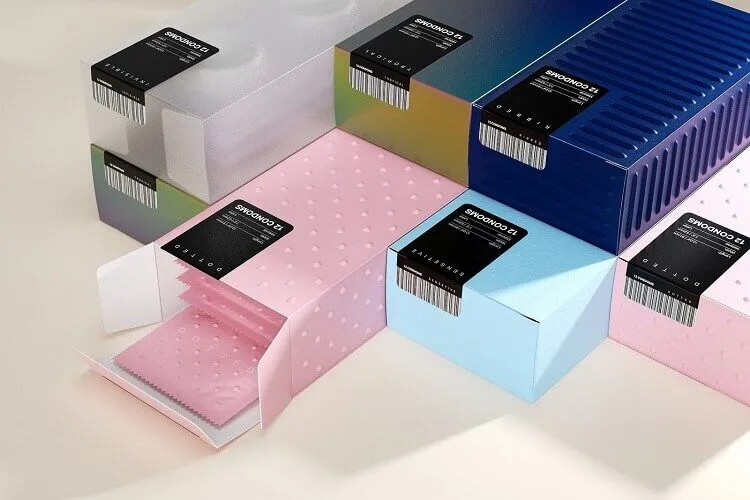
Texture refers to how the package feels to the touch. Imagine holding a packaged iPhone — its box is smooth and sturdy — pretty much like the phone itself.
Different types of packaging materials may, therefore, feel smooth, glossy, rough, sandy, crinkly, metallic, or pebbly to the touch and may serve a variety of purposes.
For instance, some packages may involve ”scratch card” surfaces where customers scrape off a layer to reveal whether or not they have won a prize.
Texture also comes into play when catering to visually challenged customers, for whom Braille can be incorporated onto the packaging to convey the relevant information.
Finally, attractively textured packages also make for suitable reusable containers that remind the customer of the brand every time they look at them. You can sell different types of custom packaging through an adequate packaging design software solution.
Over to you
There is no doubt in our minds that both labels and packaging reflect a business’ branding. They play a massive role in getting brands accepted by the target audiences.
Thankfully, with a packaging software or label designer tool, you can take a step towards innovative printing solutions and enable businesses to place custom orders in small quantities besides experimenting with intelligent features such as QR codes.
If you are looking to finalize the right technology for yourself, look no further. Design’N’Buy is a leading web-to-print solutions provider, and we can help you meet your personalized printing requirements adequately.
We are proud of our global clientele in various niches. We are 100% positive we can help you too. So, what are you waiting for? Book your demo today!

